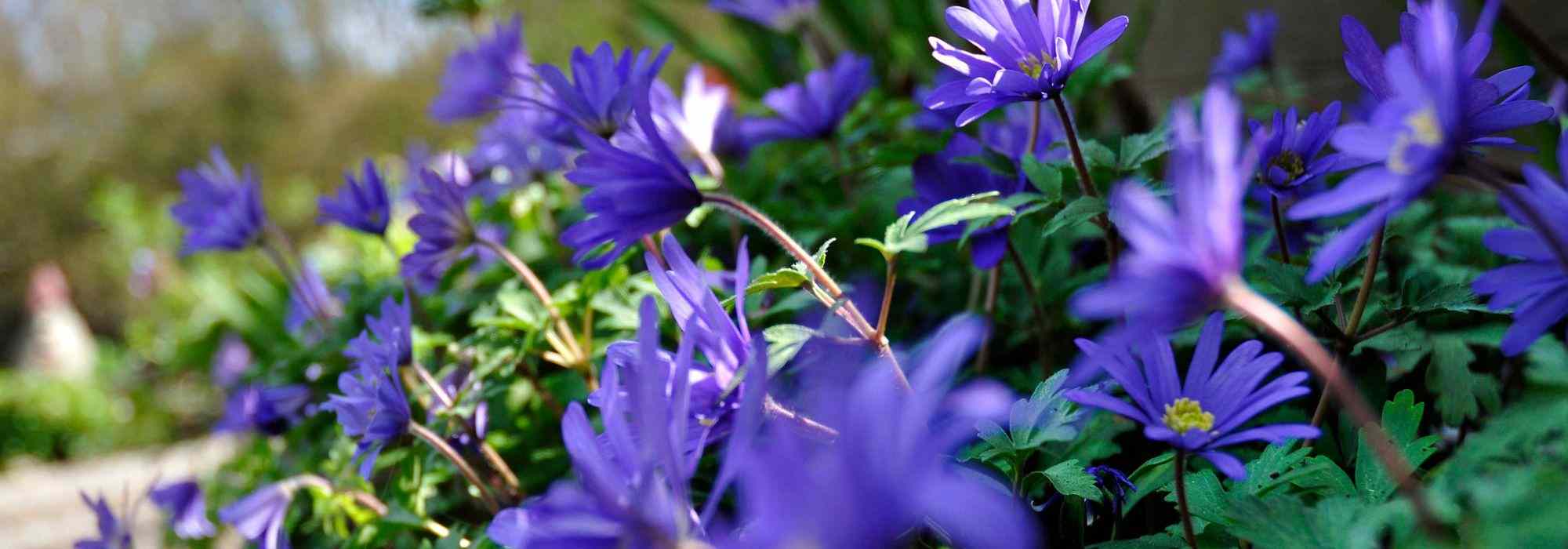
Associate the Blanda Anemones
6 ideas for companion planting with Anemone blanda stars
Contents
The Anemone blanda , or Greek Anemone, is a spring-flowering bulbous plant from the family of Ranunculaceae. These anemones are native to south-eastern Europe and the Middle East. Their small size makes them ideal for carpeting free spaces in the garden and naturalising. They require well-drained soil and plenty of sunlight before the trees leaf out. The anemones blanda provide vibrant colours in their flowering from spring, including white, red, blue, and pink. When planted in masses, they quickly form large floral carpets beneath the trees. Easy to maintain, they require no special care. They fit well in both a woodland setting and in a flowering bed, border, rockery, or on a balcony in pots. Discover our six pairing ideas to brighten up spring with the stars of the anemones blanda.
In a white garden
Originating from the mountainous regions of Greece and Turkey, the Anemone blanda ‘White Splendour’ is hardy. Its flowers bloom as early as March. They resemble small daisies that are quite large for the species, measuring 4 to 5 cm, composed of around fifteen white petals with a pink reverse arranged around the light yellow centre of the flower.
The white anemones form a dense carpet with the Euphorbia myrsinites, brightened by the chartreuse flowers of the latter, from which emerge the white flowers of the Erythronium ‘White Beauty’ and the discreet yet fragrant flowers of the Gomphostigma virgatum. Together, they highlight the Salix hastata ‘Wehrhahnii’, a small willow with red branches and its large silver catkins as its green, downy foliage appears.

The white anemones illuminate the light bed of the tangy spurge that accompanies the playful flowering of the hastate willow and the bells of the Erythronium ‘White Beauty’. The Gomphostigma adds lightness and structure to the whole.
Read also
Growing Anemone blanda in potsIn a woodland
Anemone blanda ‘Blue splendour’ is a variety with sky-blue flowers highlighted by a lemon-yellow throat, requiring no maintenance. It naturalises and over time forms large flowering cushions as spring returns. Plant their tubercles in large groups under trees that will provide them with light shade in summer. The anemone enjoys the sun in spring but prefers shade in summer.
This small plant forms large groundcover colonies that brighten up light woodlands. Its companion Eranthis hyemalis, with slightly fragrant flowers blooms almost at ground level from February, often piercing through the snow, before the foliage appears. The Scilla bifolia has flowers of a deep blue that brighten up cool woodlands before the trees bear their leaves. The Cyclamen coum ‘Album’ blooms white in winter close to the ground. It spreads slowly to form a lovely carpet.
No taste faux pas with Fragaria rubicolia ‘Mont Omei’, whose late flowering begins in June with a multitude of small white to pink flowers with golden centres. These bedding strawberries are the size of woodland ones, but their taste unmistakably recalls that of apricot.
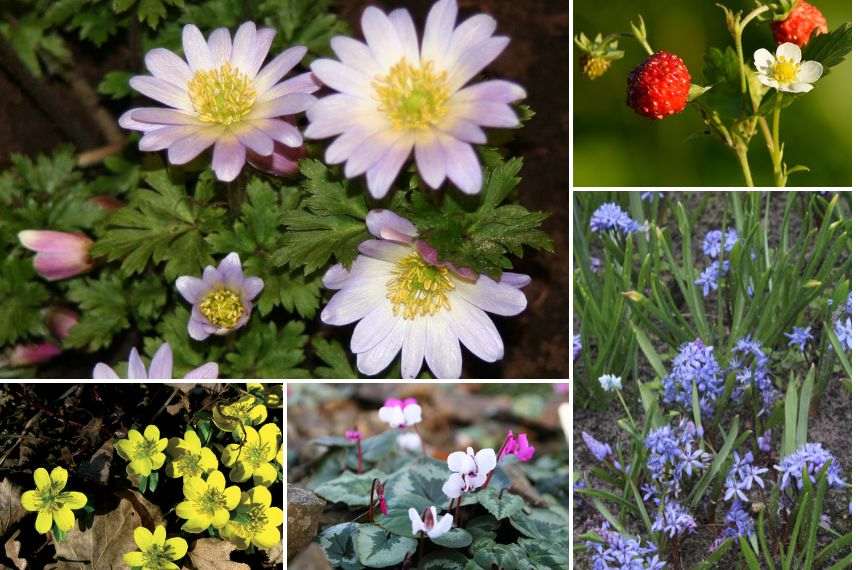
The bright flowers of Anemone blanda ‘Blue splendour’ mingle with the lemon-yellow flowers of Eranthis hyemalis. The white ‘Coum’ cyclamen hides the blue bells of Scilla in a dense carpet among the strawberries.
Discover other Anemone
View all →Available in 2 sizes
Available in 1 sizes
Available in 0 sizes

Available in 1 sizes
Available in 1 sizes
Available in 1 sizes
Available in 1 sizes
Available in 1 sizes
Available in 1 sizes
Available in 2 sizes
In a meadow
Anemone blanda ‘Blue Shades’ with its celestial blue daisy-like flowers, is a particularly bright spring anemone that multiplies very easily in well-drained soil, and withstands dry, hot summers perfectly.
Naturalise these beautiful blue daisies by mixing them with Fritillaria meleagris with its lovely purple checkered bells amidst Muscari latifolium and its beautiful range of blue and Euphorbia polychroma ‘Bonfire’ which adds a reddish-brown touch. The Myosotis sylvatica ‘Roi des Carmins’ is in bloom throughout spring. Romantic and with an incomparable lightness, its numerous small pink flowers bring an indefinable charm to your meadow.

L‘Anemone blanda ‘Blue shade’ opens the spring season amidst the blue spikes of Muscari in the top left. In summer, the surprising Guinea Fritillaries on the right blend with the explosion of colours from Myosotis ‘Roi des Carmins’ in harmony with the purple foliage of the Little Euphorbia polychroma ‘Bonfire’
In a blue border
TheAnemone blanda ‘Blue Shades’, with its celestial blue daisy-like flowers, forms lovely carpets of dazzling blooms from early spring. Native to the mountainous regions of Greece and Turkey, it is sometimes referred to as Balkan March Anemone. This is a small plant, 15 cm in all directions, with a spreading cushion habit, hardy and very drought-tolerant, that self-seeds readily in light soils. The flowers bloom in great numbers from March. They resemble small daisies, 3-4 cm in diameter, composed of about fifteen petals of a slightly lavender blue, becoming somewhat lighter as the days go by. The heart of the flower is a very pale yellow, almost white. Flowering is followed by the formation of numerous seeds that germinate easily in light soil.
In harmony with the anemone, the Pulmonaria ‘Blue Ensign’ features magnificent dark green foliage and navy blue flowers from April to May. The Hosta ‘Canadian Blue’ blooms in July-August with pendulous light lavender bells atop broad blue-tinged foliage. The Stachys byzantina adds a beautiful elegant touch to the border with its wooly spikes bearing small mauve-pink flowers.
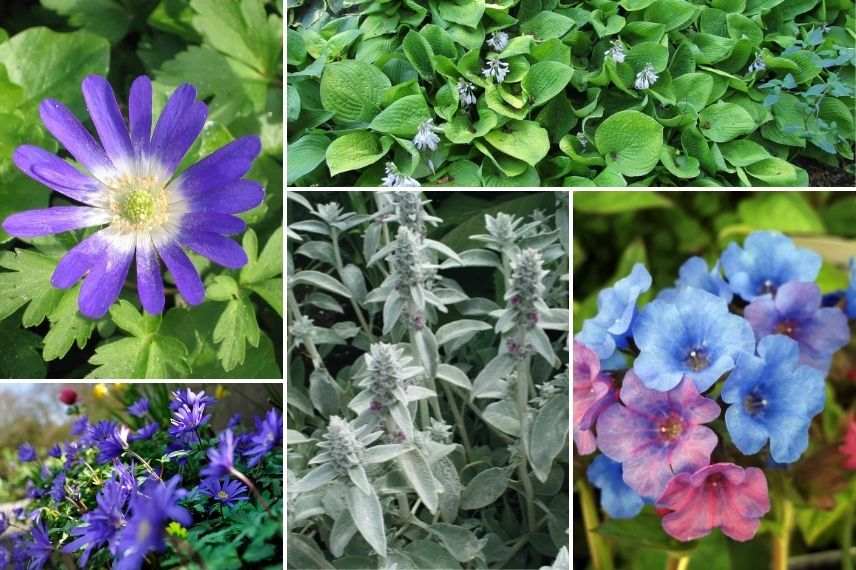
The Anemone blanda ‘Blue Shades’ on the left is placed among the Hosta ‘Canadian Blue’ above and the flowers of Pulmonaria below right. The grey Stachys creates harmony and contrast.
In a rockery
The Anemone Blanda ‘White splendour’ is perfectly hardy. It is well suited to dry soils in summer, even rocky ones. Its delicate foliage is dark green, finely cut and strongly dentate. It appears early in spring as the flowers fade, then disappears in autumn. The flowers bloom in large numbers, from March onwards and resemble small daisies with broad petals made up of about fifteen white petals with a pink-tinged reverse arranged around a light yellow centre.
The Hepatica nobilis ‘White Forest’, a charming little plant, enlivens the rockery with its lovely pink flowers from the end of winter. The Ophiopogon planiscapus ‘Nigrescens’ is the only gramineous plant with black leaves that highlights the flowering of the anemones. In the same palette, choose the flowers of Viola Cornuta ‘Molly Sanderson’ and the foliage of the Oxalis triangularis ‘Atropurpurea’ whose small pale pink flowers continue until frost and create a lovely contrast with the foliage.

Delicately, the stars of Anemone blanda ‘White splendour’ harmonise with Hepatica ‘White Forest’ in the bottom right. The contrast is created with the black flowers of Viola cornuta ‘Molly Sanderson’ and the purple foliage of Oxalis triangularis in the top right and that of Ophiopogon nigrescens below.
In a pot on a balcony or terrace
Anemone blanda loves well-drained soils, which is why it thrives in pots. To brighten your balcony from the end of winter, ‘Anemone blanda ‘Charmer’ is ideal. Its flowers are small, lovely pink daisies highlighted by a white throat. They enhance balconies, terraces, and window sills.
Pair them with Iris reticulata ‘Sunshine’, featuring spectacular golden-yellow flowers for a dwarf iris. Create a beautiful contrast with the Gaultheria procumbens, a decorative dwarf bush with dense dark green foliage that takes on purple hues in winter. The Helichrysum petiolare ‘Silver’ adds brightness with its silver evergreen leaves. The flowering of Babiana stricta brings colour, cheer, and fragrance to this elegant display.
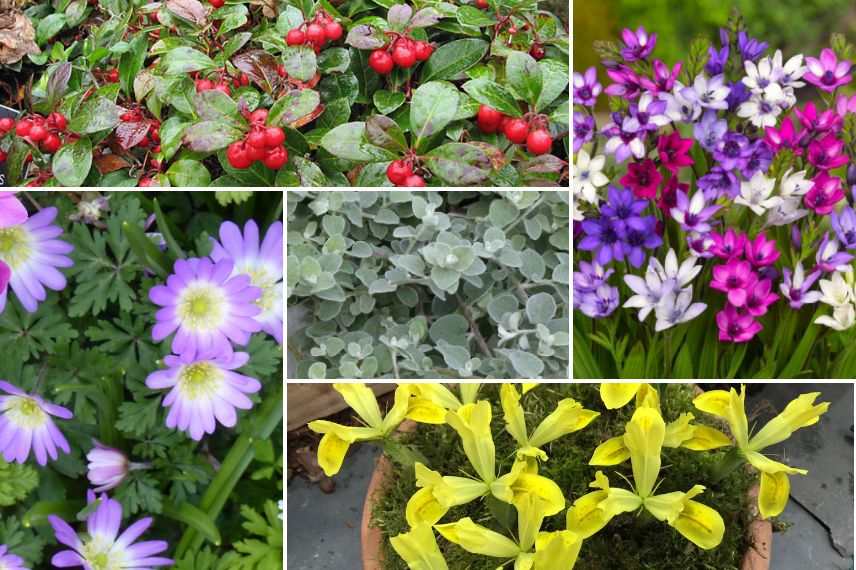
Brighten your pots in spring with the pink stars of Anemone blanda ‘Charmer’. Pair them with the yellow flowers of Iris reticulata ‘Sunshine’ on a permanent grey carpet of Helichrysum ‘Silver’. The lovely colourful bouquets of Babiana stricta accompany Gaultheria procumbens all winter
- Subscribe!
- Contents
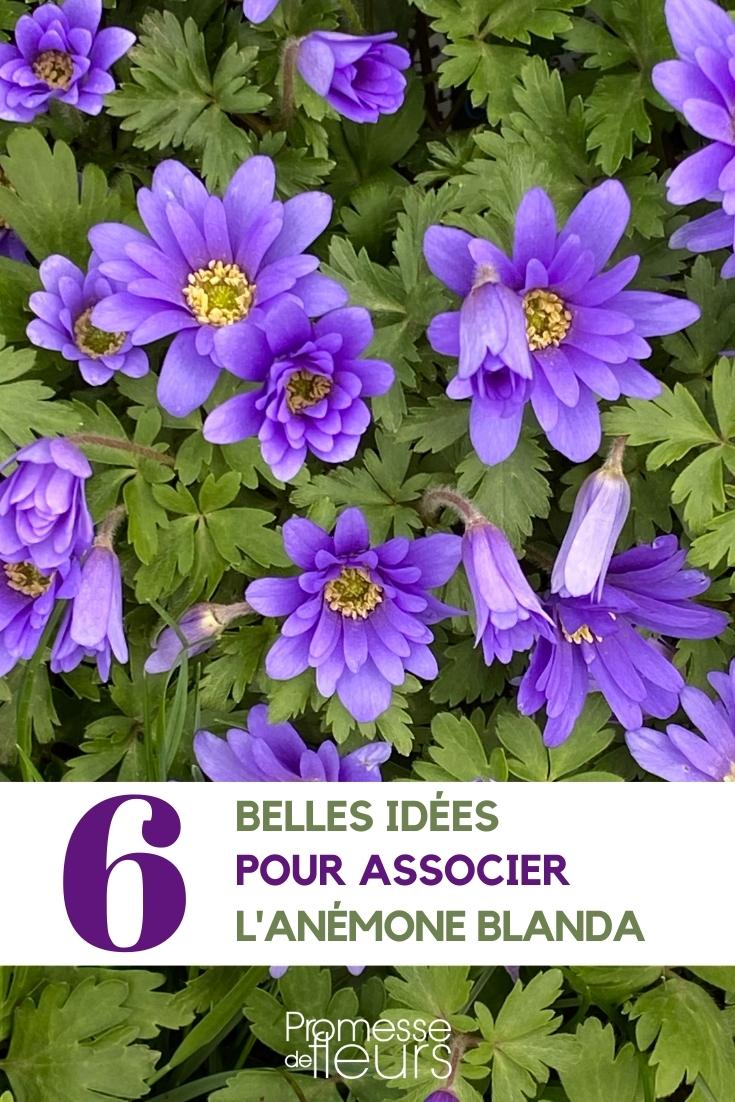


































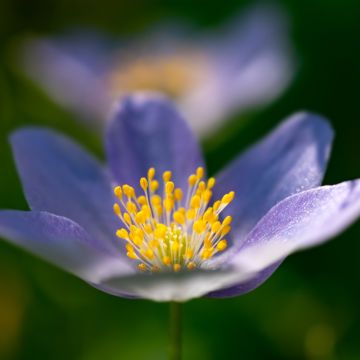

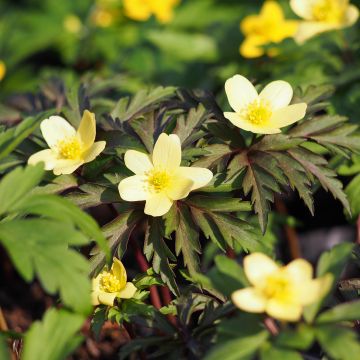

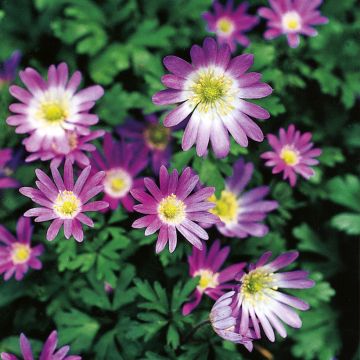

Comments